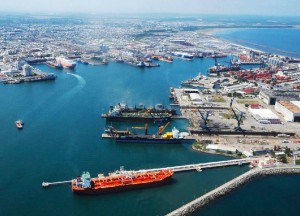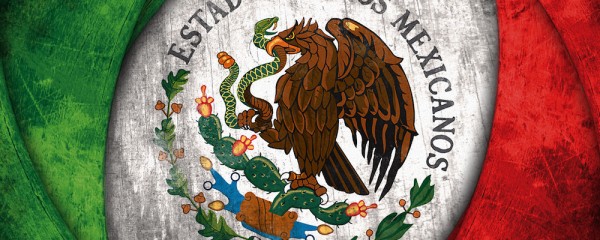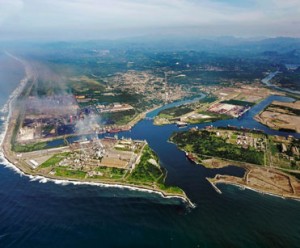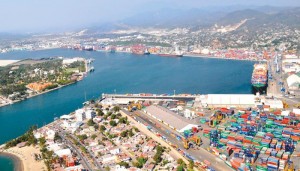11
Sep 2015
THE GROWING IMPORTANCE OF MEXICO’S SUPPLY CHAIN
Mexico’s growing importance in the continental supply chain is now being recognized by North American transportation groups. In the latest research, it is said that Mexican ports led the growth in import volume, with a 9.2 percent year-over-year increase—outperforming overall North American inbound growth of 6.4 percent.
The Main Causes
Lately, China has been facing the rising wages and logistics costs. This leads a growing number of U.S. manufacturers to reshore or nearshore operations. Mexico plays an important role in some of these operations and moreover, the country’s recent economic investment is in seaports, it may take on a more prominent role.
The main reason of nearshore initiatives is the rising wages in China. Another reasons, for instance, are:
1. To save transportation cost using the facilities closer to the U.S.
2. Faster shipping is also a key concern because companies and consumers now place an emphasis on quick delivery.
3. Nearshoring to Mexico will enable companies to minimize the distance between the point of production and consumption, consequently shortening delivery time while also reducing the risk of supply chain disruption.
Modernization of Mexico’s port system is a very important point, if the country wants to take advantage of its strategic assets. Mexico has become U.S.’s major supplier of vehicles, electronics and other goods (82 percent of automobiles produced in Mexico are exported to American consumers), so the ports are important in the dynamic to attract investment into the Mexican manufacturing sector. With this growing opportunity in mind, the Mexican government is spending $5 billion on its network of ports to keep pace with growth.
Mexico’s 3 Most Important Ports
1. The gulf port of Veracruz.
Port authorities expect the port to increase its capacity by more than 400 percent as a result of a $1.8 billion expansion program that will involve the construction of two container terminals over four years, ending in 2018. The port’s expansion will increase its capacity to 88 million metric tons, and add 35 new berths, two new turning basins, a logistics center for ground transportation and a 13 mile-long double-track railway bypass, the report explains.
 Aerial View of Port of Veracruz
Aerial View of Port of Veracruz
2. The Port of Lazaro Cardenas
This port that is located along the Pacific coast is now handling one million TEUs a year. During the first five months of 2015, LCT moved 310,000 TEUs of cargo, up 30 percent year-over-year. This port’s key asset is its on-dock rail facilities, which are provided by Kansas City Southern de Mexico S.A. de C.V., a subsidiary of Kansas City Southern. That gives Lazaro Cardenas on-dock intermodal links directly into the southern U.S., as well as the shortest route to Mexico City.
3. Puerto Manzanillo
Puerto Manzanillo handled 2.4 million TEUs in 2014. What’s more, since year-end 2010, container volume at the port has increased by 55.8 percent. Manzanillo is Mexico’s largest port and the only one capable of double-stacking containers onto railcars, which provides efficient movement of cargo throughout Mexico and as far as the Texas border 1,000 miles away. With nearly 90 percent of Mexico’s trade being with the U.S., Manzanillo’s access to the western coast, as well as to Houston via rail and other eastern seaboard destinations via the Panama Canal, is seen as key to attracting investment.
Source: Supply Chain Expert Community
Visit us at www.sbeinspection.com for more information about quality control inspection around Asia

































